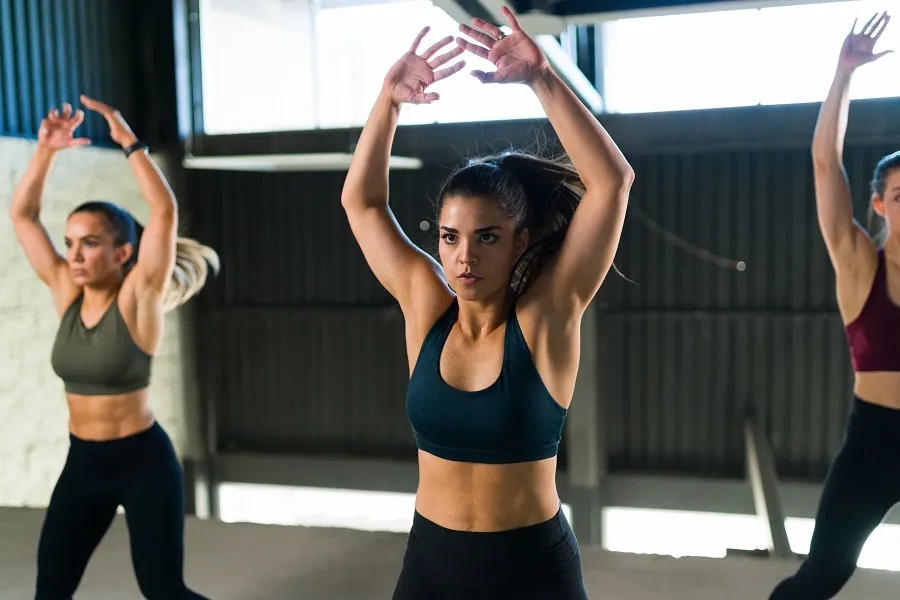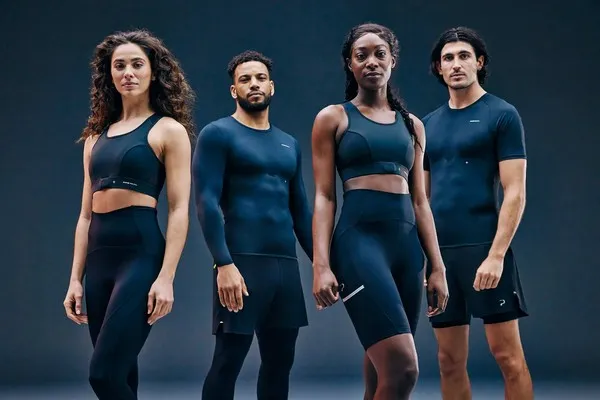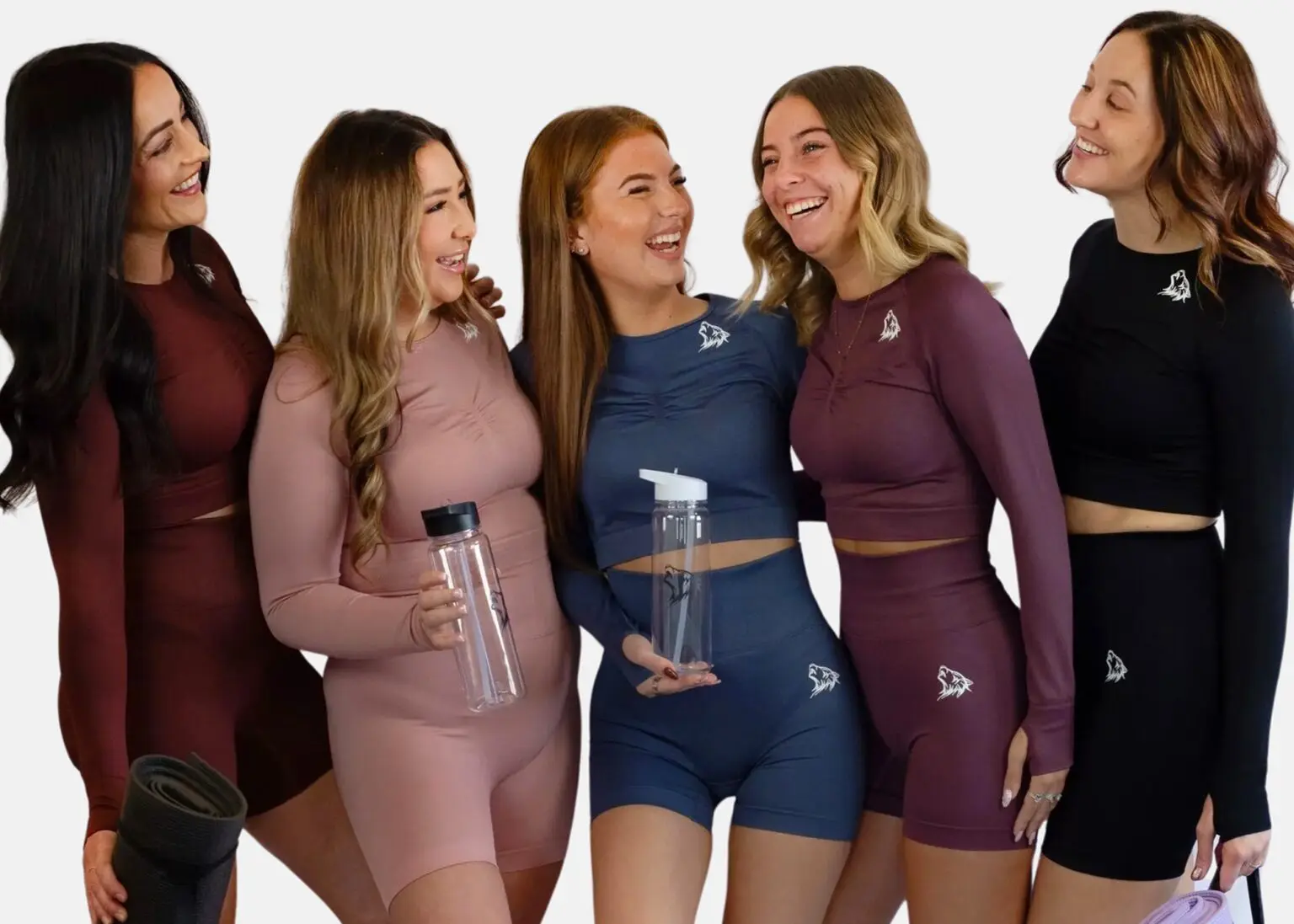Blog
How to Choose the Perfect Workout Clothes

In recent years, workout clothes have transitioned from simple gym attire to versatile, stylish pieces that support performance and comfort. Not only do these clothes enhance the workout experience, but they also play a significant role in how you feel, both during and after exercise. From finding the right fit to choosing season-appropriate clothing, the right workout attire can make all the difference. Here’s a guide to help you pick the perfect workout clothes, covering key factors to keep in mind.
1. Focus on Fit and Activity-Appropriate Clothing
Choosing the right fit for workout clothes may seem simple, but it can be a game-changer. Wearing clothes tailored to your workout style can make a big impact on your comfort level and how easily you can move. It’s tempting to buy one outfit and use it across all activities, but if you’re someone who switches between activities like running, cycling, and yoga, you’ll want attire that matches each one.
For instance, running shorts are designed for breathability and movement, whereas padded cycling shorts make long bike rides more comfortable. Opting for leggings with compression features can provide muscle support during high-impact workouts. For activities requiring a lot of stretching, like yoga, fitted and stretchy fabrics offer the best range of motion without riding up or restricting movement. Similarly, if you’re lifting weights, fitted tops and bottoms reduce the risk of clothing snagging or becoming a distraction.

It’s also essential to ensure the clothes you choose won’t cause discomfort. Thick seams, tight sleeves, or tops that constantly need adjusting can make a workout feel less enjoyable. To avoid this, try on workout clothes before buying to test their comfort and movement range. Prioritizing comfort and flexibility will ensure you can focus entirely on your workout without wardrobe distractions.
2. Choose the Right Materials for Comfort, Breathability, and Performance
Material is one of the most critical aspects of choosing workout clothes, and advancements in fabric technology have made options better than ever. A primary feature to look for is moisture-wicking ability, which keeps you dry by drawing sweat away from your skin for faster evaporation. This helps prevent your clothes from clinging to you, ensuring you stay light and comfortable, especially during intense workouts.
Cotton, while soft and breathable, tends to absorb moisture and hold onto it. This makes cotton workout clothes feel heavy and can lead to discomfort, especially in high-intensity activities. Instead, go for synthetic or technical fabrics specifically designed for exercise, as they are lightweight, wick moisture efficiently, and dry quickly. Examples include polyester, spandex, and blends that combine these materials with other synthetic fibers to enhance performance.
Some workout clothes even incorporate antimicrobial properties that help keep odors at bay. This can be particularly helpful for people who exercise regularly, as these clothes are less likely to retain odors over time, even with frequent washing. Additionally, it’s worth looking for stretchy materials that allow for a full range of motion. Fabrics with added elastane or Lycra provide stretch, making them ideal for activities that require dynamic movement.
For those working out outdoors in varied conditions, weather-specific materials can also be beneficial. UV-protective fabrics offer an added layer of protection for sunny workouts, while insulated layers provide warmth in cold weather. Investing in materials that suit your workout environment can lead to a more comfortable and enjoyable session.
3. Consider Season-Appropriate and Specialized Clothing Options
Your workout clothes should adapt to changing seasons to ensure comfort and protection. Whether you’re exercising outdoors or indoors, selecting season-appropriate attire can make a significant difference in your workout quality.
Winter Workouts: In cold weather, layering is the key to staying comfortable. Start with a moisture-wicking base layer to keep sweat off your skin, followed by an insulating layer to retain warmth. A final outer layer, preferably wind- and water-resistant, will protect against the elements. Layering lets you adjust your attire based on body temperature during your workout by adding or removing layers. Additionally, don’t forget hats, gloves, and thermal socks for outdoor workouts.

Summer Workouts: During hot weather, it’s best to opt for breathable and lightweight clothing. Look for moisture-wicking and UV-protective fabrics to keep you cool and prevent sunburn. Light colors help reflect sunlight, which can be beneficial if you’re exercising outdoors. For maximum comfort, consider clothing with ventilation features, such as mesh panels, which improve airflow.
Rainy or Windy Days: If you work out outside in unpredictable weather, a lightweight, waterproof jacket is essential. Opt for a jacket that’s breathable to avoid overheating while providing protection from wind and rain. Packable rain jackets are a great choice for those who like to be prepared without carrying a heavy layer.
For those who exercise at night, visibility is crucial. Reflective or high-visibility clothing ensures that you’re seen by others, especially in low-light conditions. Reflective strips on jackets, shoes, or pants are helpful for night running or cycling. Many athletic brands offer gear with integrated reflective elements to keep you safe during night-time workouts.
Additionally, compression wear has gained popularity due to its performance-enhancing properties. Compression leggings, shorts, or tops support muscle stability, reduce muscle vibrations, and can improve blood flow, helping with recovery. They can also help reduce the risk of cramps and muscle fatigue, making them a worthwhile option for intense workout sessions or cold weather.
Final Considerations: Footwear and Sports Bras
Your workout attire isn’t complete without appropriate footwear and supportive undergarments. Footwear, especially, varies by activity. Running shoes offer shock absorption, while cross-training shoes provide stability, ideal for weightlifting or indoor exercises. If your workouts involve multiple types of exercises, consider cross-training shoes as they provide multi-directional support and are more versatile.
A well-fitted sports bra is equally essential for women. During workouts, unsupported movement can cause discomfort and may even affect performance. Look for bras offering medium to high support based on your level of activity and breast size. High-impact activities like running or aerobics call for extra support, while yoga or low-impact workouts can be more comfortable with lighter support.
Compression wear is also an option for those who prioritize support during exercise. Compression clothing applies gentle pressure to muscles, helping to stabilize them and improve circulation, which may benefit recovery times and reduce soreness. This type of clothing is especially useful for individuals engaged in high-impact or endurance workouts, as well as for athletes training in colder temperatures.
